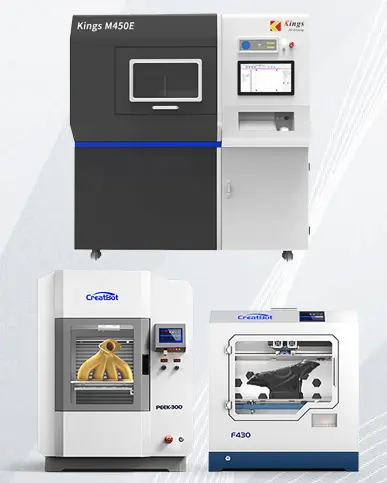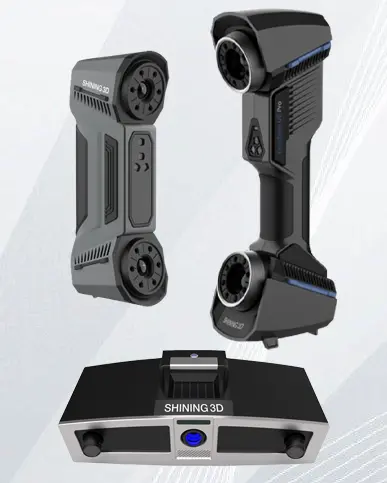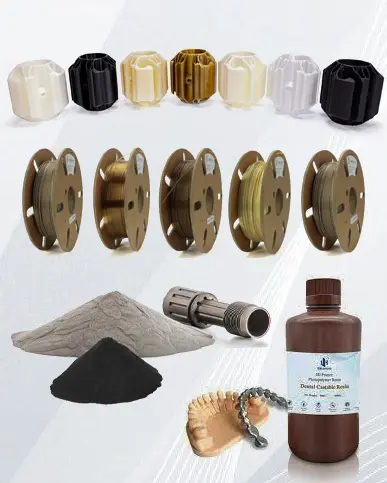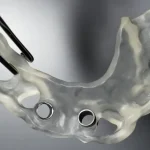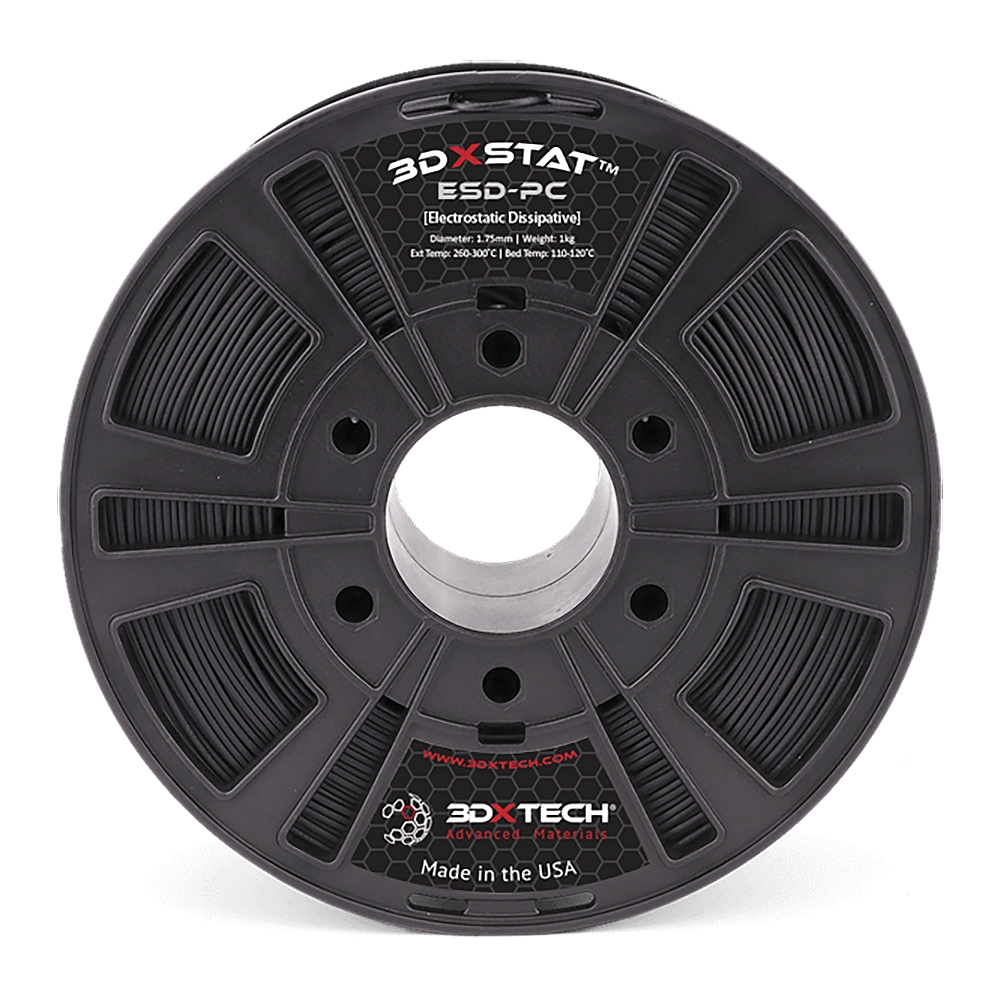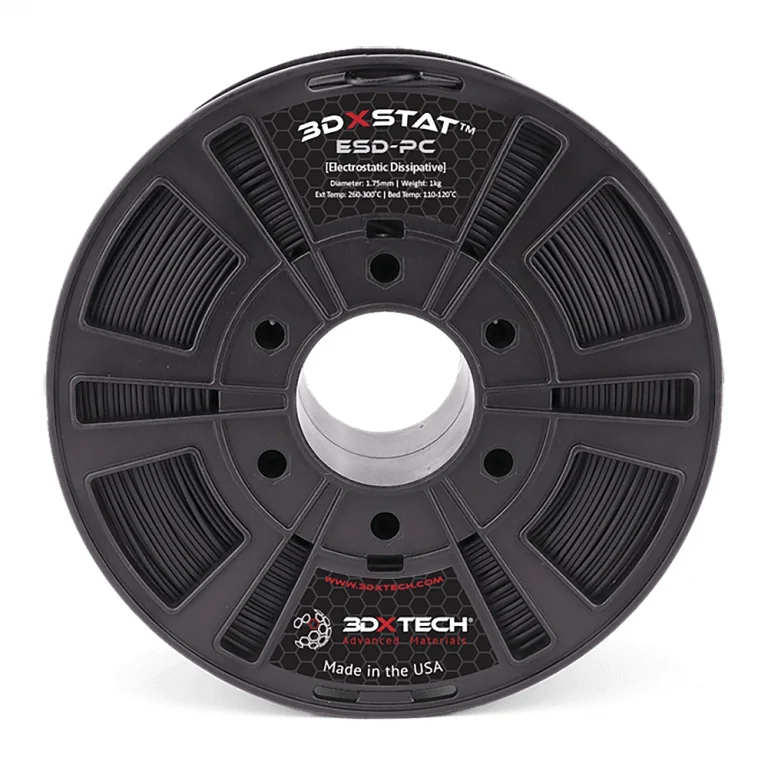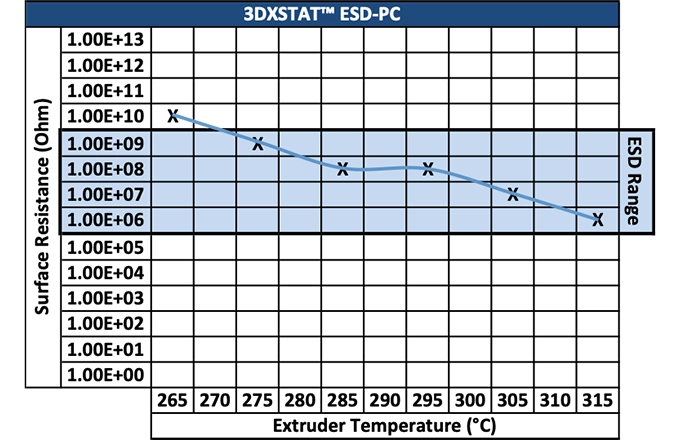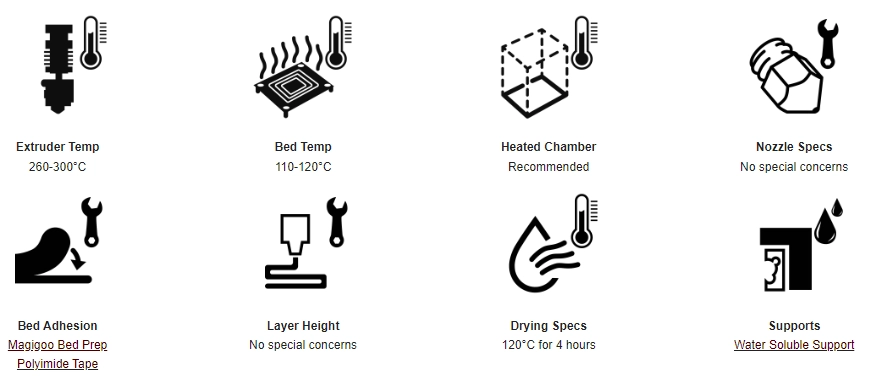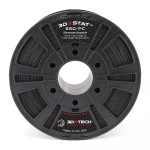Benefits of Polycarbonate (PC) Include:
- High thermal properties including a Tg of 147°C
- Amorphous structure gives low, near isotropic shrinkage
- Excellent ductility and impact resistance
- Very low odor emitted while printing
- Wide processing range of 265-300°C
Benefits of 3DXSTAT™ Include
- Consistent surface resistivity
- Improved retention of impact & elongation
- Low particulate contamination
- Minimal contribution to outgassing and ionic contamination
Typical ESD PC Applications Include:
- Semi-con: HDD Components, Wafer Handling, Jigs, Casings, & Connectors
- Industrial: Conveying, Metering, and Sensing Applications
Target Conductivity for 3DXSTAT ESD PC:
- 10^7 to 10^9 ohm surface resistivity on 3DP sample using concentric ring test method.
- Note: Internal studies have indicated that increased extruder temperatures can achieve higher levels of conductivity. Likewise, lower extruder temperatures have resulted in lower levels of conductivity. Each printer is set-up differently, not to mention varied part geometry. Therefore, expect some trial time to understand how ESD PC filament works in your specific printer and application.






